Enrollment of Bachelor’s Degree-Seeking Students
Among students seeking bachelor’s degrees, 61.2 percent of all racial and ethnic groups enrolled at public four-year institutions. Over half of Hispanic or Latino (64.9 percent), Asian (63.2 percent), White (62.3 percent), American Indian or Alaska Native (60.6 percent), Black or African American (57.5 percent), and multiracial (56.3 percent) students attended public four-year institutions. Enrollment rates at these institutions were slightly lower for international (48.9 percent) and Native Hawaiian or other Pacific Islander (45.9 percent) undergraduates. Among international students seeking a bachelor’s degree, the highest enrollment share was at private nonprofit four-year institutions (44.5 percent).
Considering the Carnegie classification, the largest share of bachelor’s degree–seeking students enrolled at master’s institutions (32.4 percent), followed by R1 doctoral universities (28.2 percent). International and Asian bachelor’s degree–seeking students were heavily concentrated at R1 doctoral universities (39.2 percent and 48.9 percent, respectively). American Indian or Alaska Native bachelor’s degree–seeking students enrolled at TCUs at a rate of 8.6 percent—the highest percentage among all racial and ethnic groups.
Report Links
Race and Ethnicity in Higher Education: 2024 Status Report
Chapter Two: Enrollment in Undergraduate Education
Chapter Two Report Download (PDF) 1.5 MB
Chapter Two Data Tables Download (XLSX) 144 KB
Source
U.S. Department of Education, National Postsecondary Student Aid Study, 2020
Notes:
Data reflect bachelor’s degree-seeking student enrollment at public four-year, private nonprofit four-year, public two-year, and for-profit institutions.
Data reflect bachelor’s degree-seeking student enrollment at institutions that were classified by the 2018 Carnegie Basic Classification.
Institutions were categorized into sectors based upon control of the institution and the length of the predominant award granted.
Detail may not sum to totals because of rounding.
Data for for the following should be interpreted with caution. Estimate is unstable because the standard error represents more than 30 percent of the estimate.
-
American Indian or Alaska Native, For-Profit, 2019-2020
-
Native Hawaiian or other Pacific Islander, For-Profit, 2019-2020
-
International students, For-Profit, 2019-2020
-
American Indian or Alaska Native, Special Focus Institutions, 2019-2020
-
Asian, Special Focus Institutions, 2019-2020
-
Native Hawaiian or other Pacific Islander, Other Doctoral, Bachelor’s, and Special Focus Institutions, 2019-2020
-
International students, Associate and Special Focus Institutions, 2019-2020
Data for for the following should be interpreted with caution. Estimate is unstable because the standard error represents more than 50 percent of the estimate.
-
Native Hawaiian or other Pacific Islander, Public Two-Year, 2019-2020
-
American Indian or Alaska Native, Associate Institutions, 2019-2020
-
Native Hawaiian or other Pacific Islander, Associate Institutions, 2019-2020
-
White, Tribal Colleges and Universities, 2019-2020
-
More than one race, Tribal Colleges and Universities, 2019-2020
Reporting standards not met for the following data:
-
Asian, Tribal Colleges and Universities, 2019-2020
-
Black or African American, Tribal Colleges and Universities, 2019-2020
-
Hispanic or Latino, Tribal Colleges and Universities, 2019-2020
-
Native Hawaiian or other Pacific Islander, Tribal Colleges and Universities, 2019-2020
-
International students, Tribal Colleges and Universities, 2019-2020

